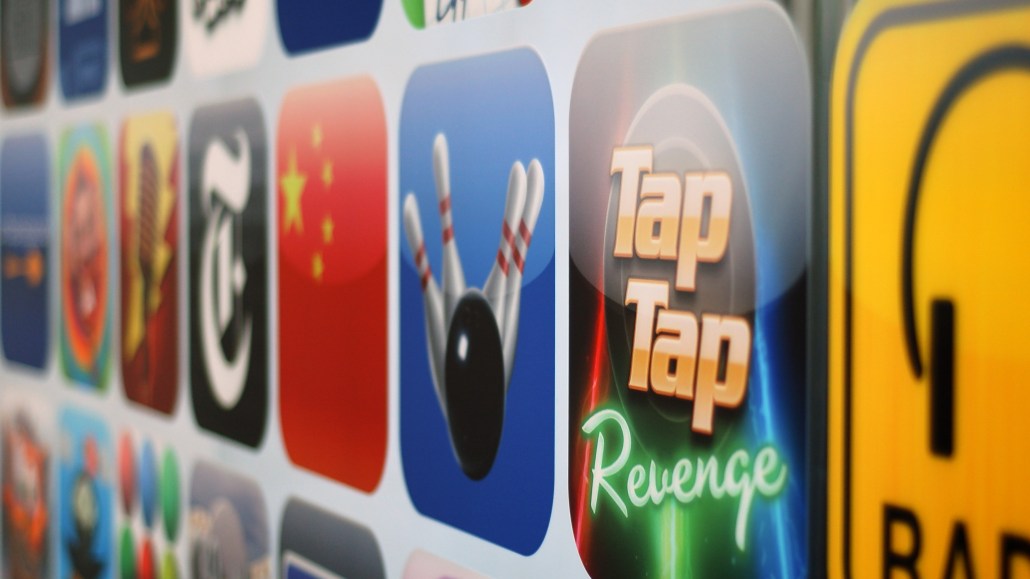
App discovery is a long-festering problem that Apple has failed to address with the explosion of apps that run on its devices. The simple fact is the way people find new apps often boils down to the top app lists, which are easily manipulated by all manner of unscrupulous means. Digiday recently detailed this in an article, “Confessions of an App Store Manipulator.” Bloomberg BusinessWeek is on the case, too. It concludes Apple lets “anarchy” reign in its app store because of inadequate policing and, most importantly, terrible discovery and promotion tools. Like all digital media vacuums, sketchy ad networks have stepped into the breach.
GTekna exemplifies Apple’s struggle. Run by Chang-Min Pak, a soft-spoken former Adobe Systems (ADBE)engineer who works out of his Palo Alto home, GTekna offers to get any app onto the list of the App Store’s most popular programs. This is beachfront real estate: About 63 percent of App Store downloads come from customers browsing Apple’s leader board, according to market researcher Nielsen (NLSN), and the top apps get about 100,000 downloads a day, says marketing firm Fiksu. To get into this digital store window, Pak charges $9,000 to $13,000. “We are very good at pushing rankings in a short period of time,” he says. SGN, a game-maker led by Myspace.com co-founder Chris DeWolfe, and Seattle-based Big Fish Games are among the companies that have used the service. (Big Fish spokeswoman Susan Lusty says her company no longer does. SGN did not respond to requests for comment.) Pak says he made more than $2 million last year and used it to buy a house in Palo Alto and a Mercedes for his wife.
Read the full story on Bloomberg Businessweek’s site.
More in Media

Digiday+ Research: Publishers’ growing focus on video doesn’t translate to social platforms
Major publishers have made recent investments in vertical video, but that shift is not carrying over to social media platforms.

Technology x humanity: A conversation with Dayforce’s Amy Capellanti-Wolf
Capellanti-Wolf shared insight on everything from navigating AI adoption and combating burnout to rethinking talent strategies.

How The Arena Group is rewriting its commercial playbook for the zero-click era
The company is testing AI-powered content recommendation models to keep readers moving through its network of sites and, in doing so, bump up revenue per session – its core performance metric.





